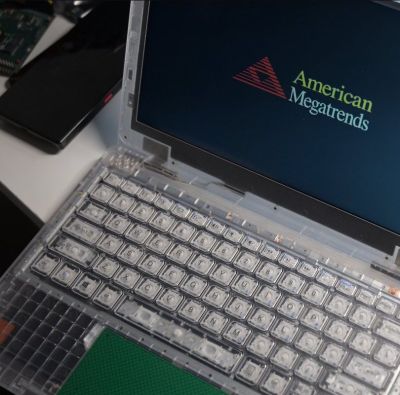Pinokio is billed as an autonomous virtual computer, which could mean anything really, but don’t click away just yet, because this is one heck of a project. AI enthusiast [cocktail peanut] (and other undisclosed contributors) has created a browser-style application which enables a virtual Unix-like environment to be embedded, regardless of the host architecture. A discover page loads up registered applications from GitHub, allowing a one-click install process, which is ‘simply’ a JSON file describing the dependencies and execution flow. The idea is rather than manually running commands and satisfying dependencies, it’s all wrapped up for you, enabling a one-click to download and install everything needed to run the application.
But what applications? we hear you ask, AI ones. Lots of them. The main driver seems to be to use the Pinokio hosting environment to enable easy deployment of AI applications, directly onto your machine. One click to install the app, then another one to download models, and whatever is needed, from the likes of HuggingFace and friends. A final click to launch the app, and a browser window opens, giving you a web UI to control the locally running AI backend. Continue reading “On-click Install local AI Applications Using Pinokio”














